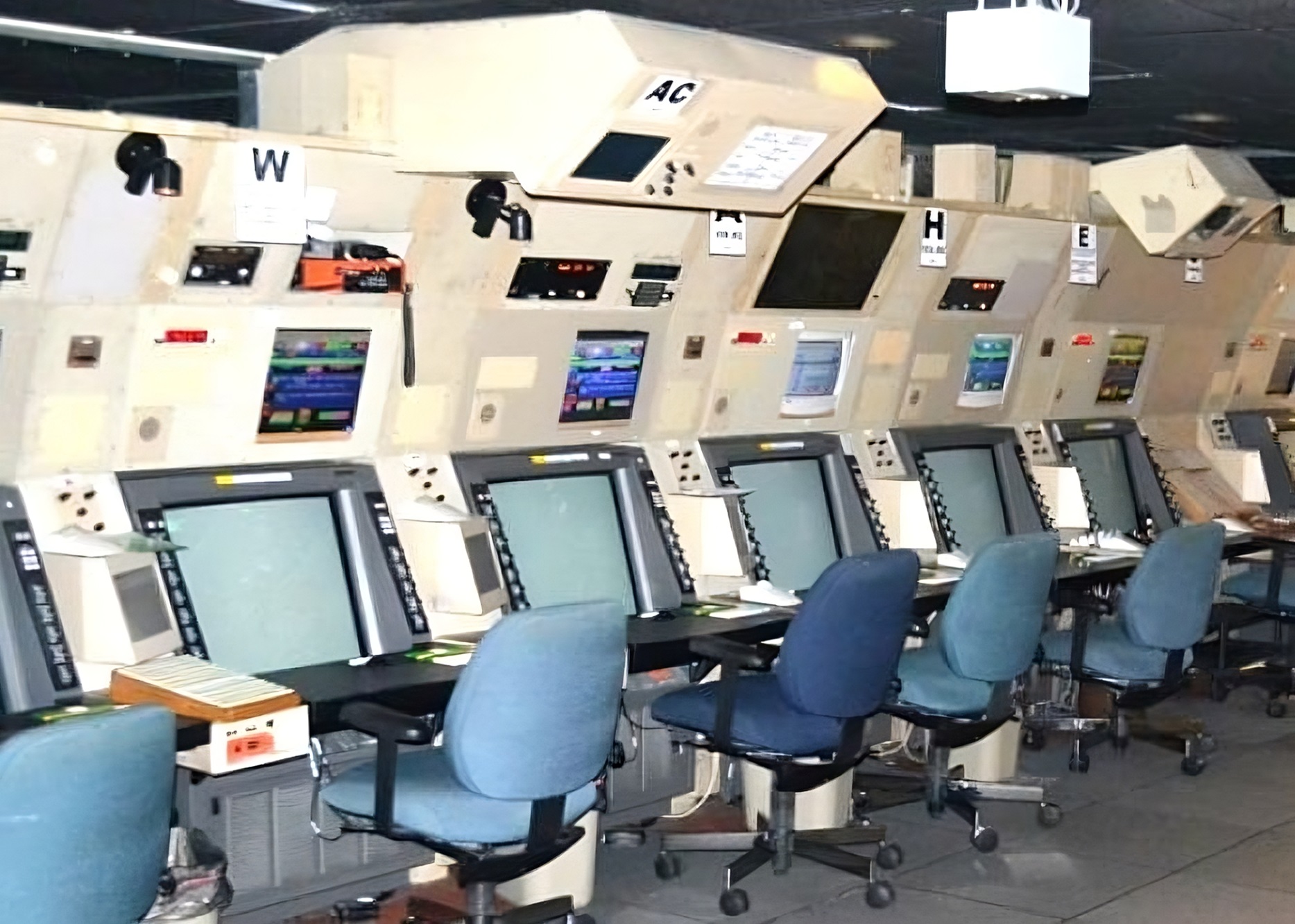A dangerous runway incident occurred involving United and American flights at New York LaGuardia back on May 6th. It’s only just now coming to light.
- United flight 2657 had just landed from Houston and was taxiing to the gate via runway 13, following instructions from LaGuardia tower.
- Simultaneously, American Eagle flight 4736 headed to Buffalo, already delayed roughly three hours, was cleared by the same tower to line up on runway 13 for takeoff.
- Initially, United 2657 was instructed to hold short of runway 13. Soon after, controllers permitted the United 737 to taxi down runway 13 and exit onto a designated taxiway before switching communication to ground control.
- The United jet missed its assigned taxiway exit. Ground controllers then provided an alternative exit, extending its presence on the active runway.
The tower controller mistakenly issued takeoff clearance to American Eagle flight AA4736. Communication was further complicated by a Spirit Airlines pilot inadvertently blocking transmissions. As American 4736 accelerated down the runway, tower controllers received an automated collision alert and attempted to retract the takeoff clearance. The conflicting radio traffic delayed the message.
Controllers openly admitted the error during radio transmissions: “Sorry about that, I thought United had cleared well before that.” The American regional jet managed to abort takeoff safely, reaching a speed of over 100 knots before rejecting takeoff and returning to the gate. The flight was canceled – standard safety protocol after high-speed rejected takeoffs. Brake inspection would have been needed to identify potential damage from overheating.
Assigning aircraft to taxi on active runways while under Ground control rather than exclusively under Tower is a frequent criticism of air traffic control at LaGuardia. It leads to fragmented situational awareness. The split communication channels meant the tower controller prematurely removed United 2657 from their active scenario.

There needs to be better technology, clearer communication procedures, and automated runway monitoring. The FAA’s Air Traffic Organization is broken and though no disaster occurred here, there shouldn’t have been a scenario where a disaster could have happened.
Unfortunately, the new push for an FAA fix only spends more money without structural reform and the fundamental problems at the FAA are structural – lack of accountability (they regulate themselves – the same agency is regulator and service provider), lack of project management and procurement savvy, and lack of vision to improve to the level of NavCanada, NATS in the U.K. or Dubai’s ATO.

(HT: One Mile at a Time)


Maybe there should be some sort of system to indicate abort on the runways that doesn’t include radio communications. A colored smoke signal or a lighted sign or something that was hardwired. It would not work in all cases such as dense fog or heavy rain but those conditions would also limit takeoffs. Radio interference is a problem even if it is inadvertent.
Gary – you might want to lay off the AI artwork….especially when it ads nothing to the story – it just looks ridiculous
I feel so bad for the ATC agents. They have been put in an impossible position. Short-staffed. Obsolete, unreliable technology. One wrong decision and people die. The stress must be overwhelming.
If only politicians would stop grandstanding and promising quick fixes. We need a long term-strategy for a sustainable ATC program that leverages the best of both people and technology.
The lack of automation to assist with the controller workload has no excuse other than decades of inadequate funding. Privatization of ATC may be the only viable way to fix this. If they have a ground proximity warning system, there is information to know that there is still an aircraft on the runway. In some airports in Asia, progressive taxi lights built into the runway and taxiways direct the taxi, and red LEDs notify not to proceed across or onto the runway if there is active traffic on the runway. Still, ATC still has to take over if automation fails, or snow covers the LEDs, but they should have a reduced schedule during such conditions.
Pilots go to different airports all the time, assistance in finding their way in unfamiliar airports helps keep them from getting lost, while automation can help both pilots and ATC to reduce the workload. Let me be clear, this is not a job for AI, as AI isn’t ready to take on life-safety critical tasks with critical timing.
I don’t see the FAA being able to both procure and regulate the development and deployment of these systems using Congressional appropriations any time soon. We saw what happened when the FAA delegated aircraft design safety to the manufacturer, and I am not confident that an expedited system replacement outsourcing would not suffer from the same failings.
By the way, the company I worked for was competing for the contract for the FAA voice network in the late 1980s, but lost to Harris. Our system was based on packetized voice, which wouldn’t have been dependent on copper technology, but the design was too new for the conservative FAA management. I say this just to point out when the current voice communication system procured, and the conservative design philosophy the FAA has used for years.
John H — you are 100% spot on with your statement, “Let me be clear, this is not a job for AI, as AI isn’t ready to take on life-safety critical tasks with critical timing.”
I cannot tell you how many times I have gone to the website of a business and this chat bot pops up which is supposed to help me, the customer. I ask a question several different ways and almost invariably I get stuck in this endless loop where it keeps circling around the same responses. It’s like the chat bot only has about 5 or 6 responses and this AI cannot “think outside the box.” I sometimes call it AS (artificial stupidity).
@C M
lol, regarding AI chatbot aggravation
40 years ago the computer program “Eliza” on the Commodore PET was a cyber head shrink, really nothing more than a just for fun program, written in BASIC to easily fit in 8K of memory. If your question didn’t fit any of the prepared Q&A responses then it would default to “I see.” What’s old is new again.
The final responsibility lies with the pilots, who should know what each aircraft in his/her area of flight is doing by monitoring traffic for conflicts. In my 30+ years of airline flying there were numerous occasions where ATC issued instructions that potential conflicts could have occurred which were noticed and resolved by my crew, the list is long and illustrious. We always made a point to identity what each aircraft ahead and behind us were instructed to do incase there were potential for conflict by often monitoring more than one channel, it’s called situational awareness.
@Parker said everything that needed to be said here. Thank you!